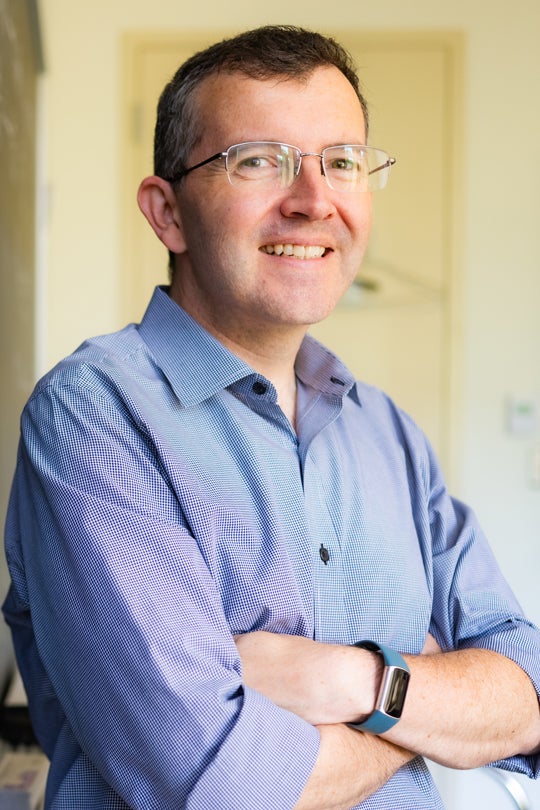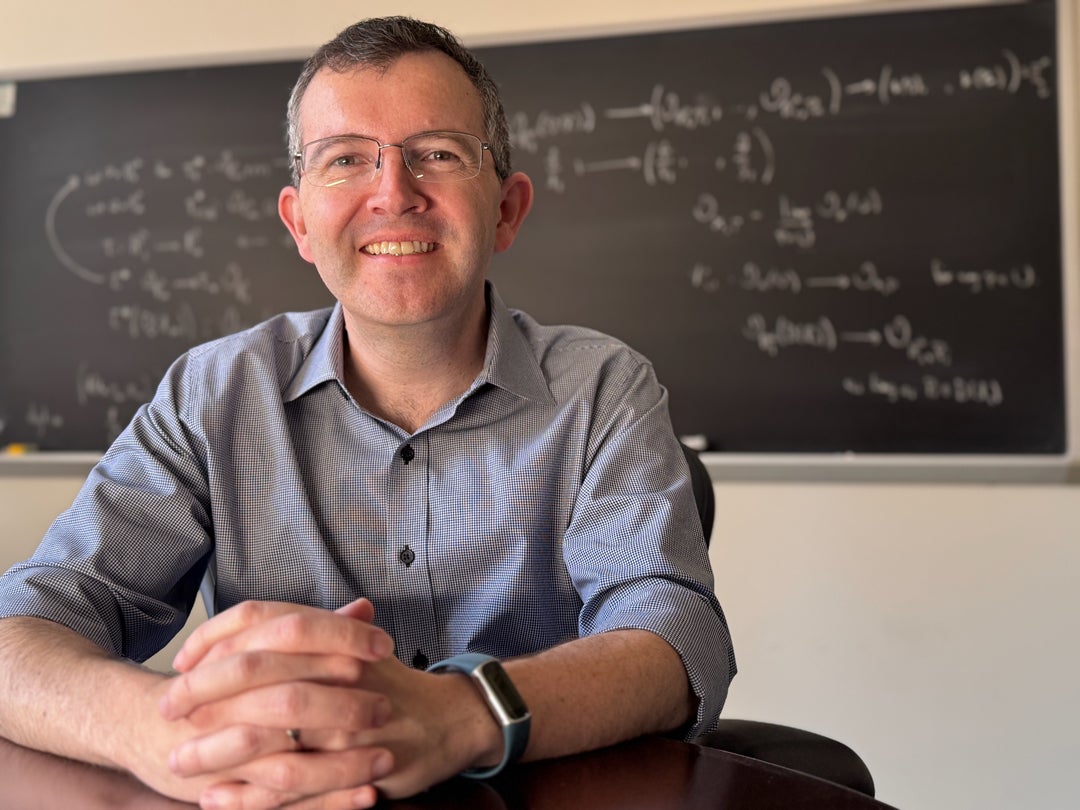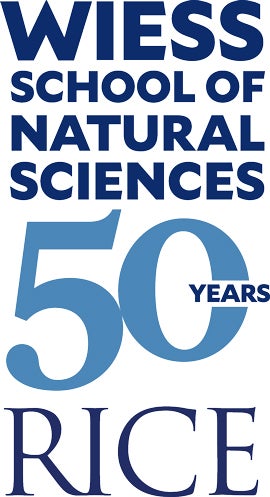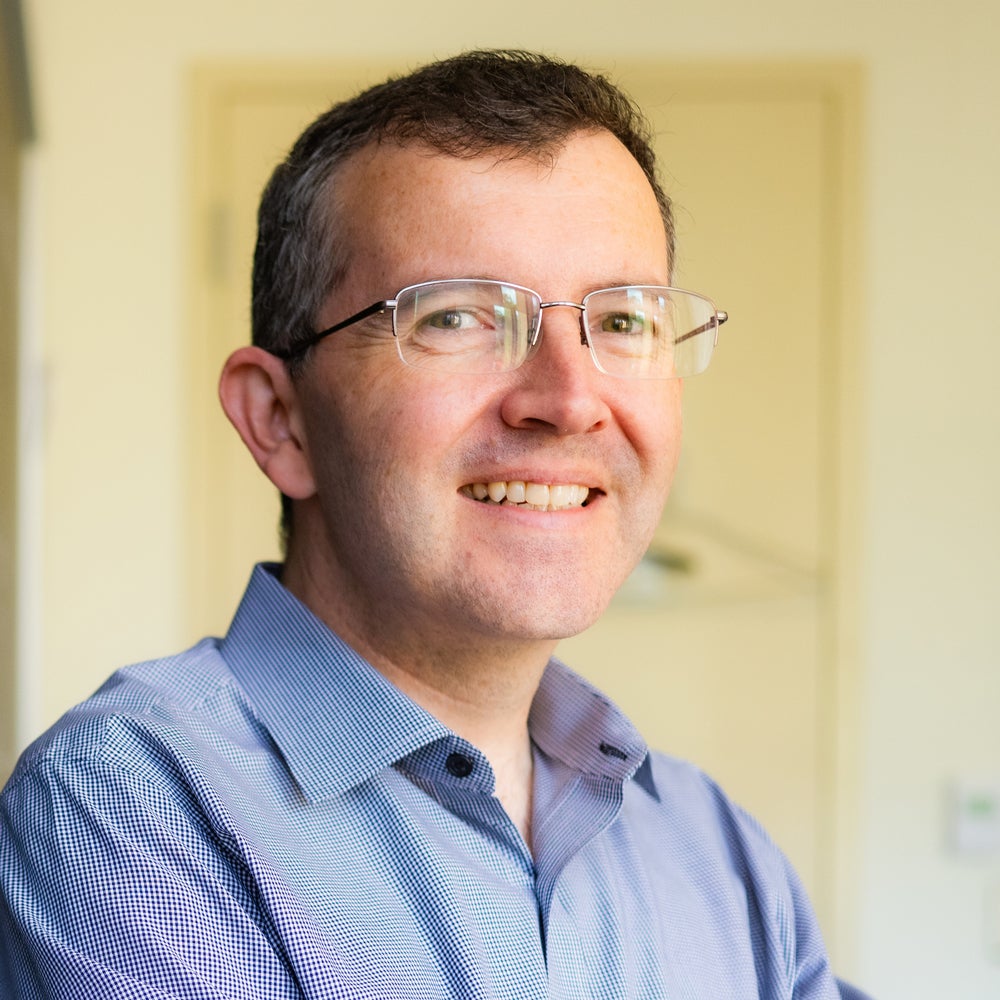
It wasn’t destiny that caused Anthony Várilly-Alvarado to grow up to be a mathematics professor here at Rice. Instead, it was his math teacher who asked Várilly-Alvarado to fill in when a student on the math olympiad team was absent. Reflecting on the experience, he said, "I immediately got hooked. The problems were so different from anything I'd ever seen. I was like, ‘This is awesome.’ I wanted to see what was under the hood — why it all worked.”
Looking “under the hood” is what Várilly-Alvarado does now in his work with algebraic geometry, which is the study of shapes defined by polynomials. “When I wake up, I'm just excited to think about this stuff, I just really want to do it,” he explained. Várilly-Alvarado specifically investigates K3 surfaces — 4-dimensional geometric shapes studied for their unique curvature and symmetry.
When mathematicians first started studying these surfaces, “it felt like we started uncovering something really interesting about them, but we couldn’t put our finger on it. These surfaces were like incredible diamonds in the rough; we knew there must be something deeper about them.”
K3 surfaces now have a variety of real-world applications. For example, Várilly-Alvarado has used them to construct large-scale data storage schemes. Digital platforms store your information by having multiple copies of your data on different servers to prevent losing data if a hard drive fails. “Really, what you should be doing is taking bite-sized pieces of the data, and building enough redundancy into them using information from the other pieces built into this piece, so whenever a piece is lost, you can build it back using information from other pieces,” he explained. “Amazingly enough, K3 surfaces produce some of the best ways of chopping up information and storing pieces of information.”

Várilly-Alvarado also collaborates with scientists in the Computational Mathematics and Operations Research Department, using algebraic geometry to identify the composition of unknown materials in the Earth’s crust. When seismic waves pass through materials, they cause deformations. Each material has different stretch constants describing how it deforms. By measuring the deformation, one can calculate these constants and use them to identify the material’s composition.

“You can reverse engineer these constants just using the coefficients of the polynomial of a specific surface. It's really amazing to me that you can use these ideas from algebraic geometry to do this kind of reverse engineering of materials,” explained Várilly-Alvarado.
This same excitement also fuels Várilly-Alvarado’s love for teaching. “Our job in training people to become mathematical thinkers is not to train people for some job that is out there today. My job is to train you for some job that we don't even know will exist in ten years.”
The key, Varilly-Alvarado said, is to have patience with students' confusion. "I spend 95 percent of my time not understanding. That is my default. I try to read things I don't understand. I try to work on examples I don't understand. And you just keep doing that until you eventually understand. I try never to forget that when I'm teaching. It's important to have the patience to remember what it feels like to not understand."
Várilly-Alvarado especially values teaching at Rice, since Rice “is first and foremost a research university that puts a lot of care into its teaching mission. That’s really different from any other place.” Rice is also unique, Várilly-Alvarado notes, in having “a department where everyone is an explorer. We are small, but we are everywhere.”
— Sophia Straus ’28

